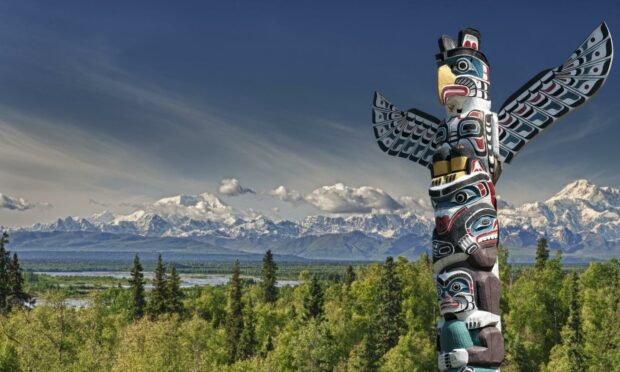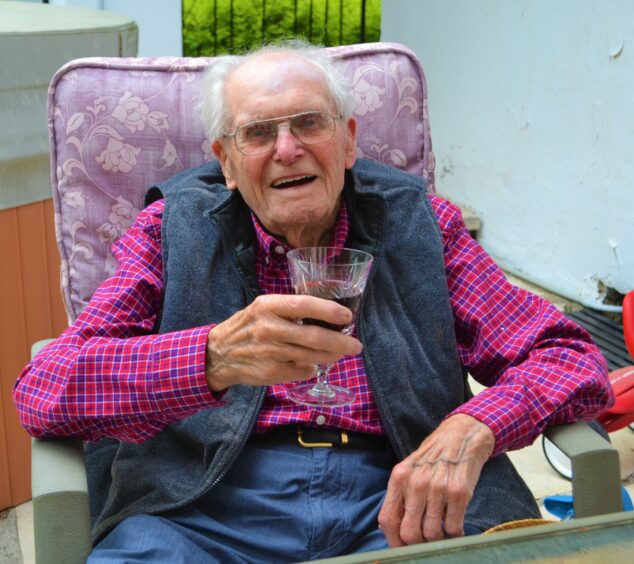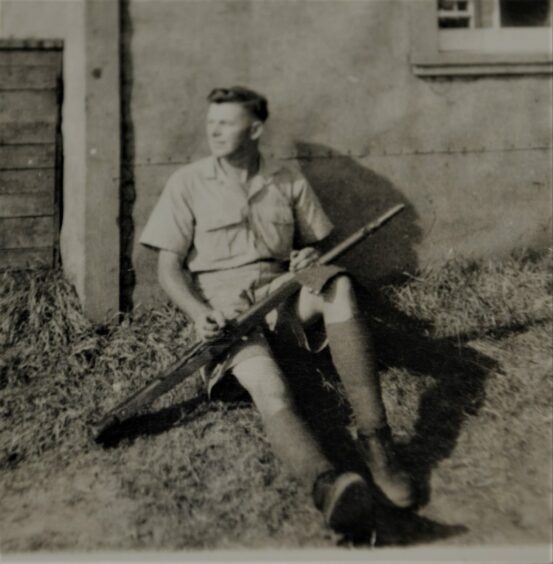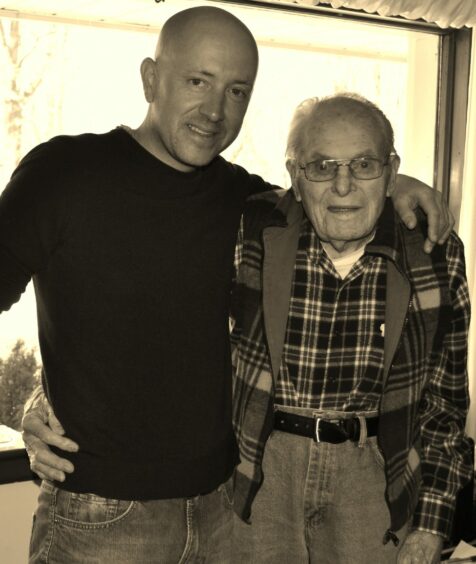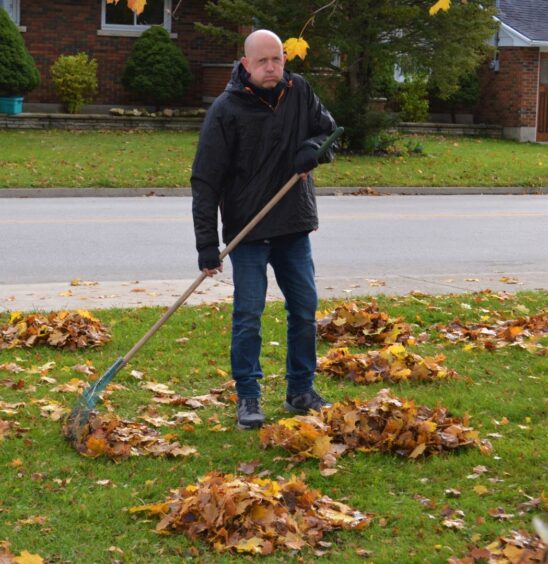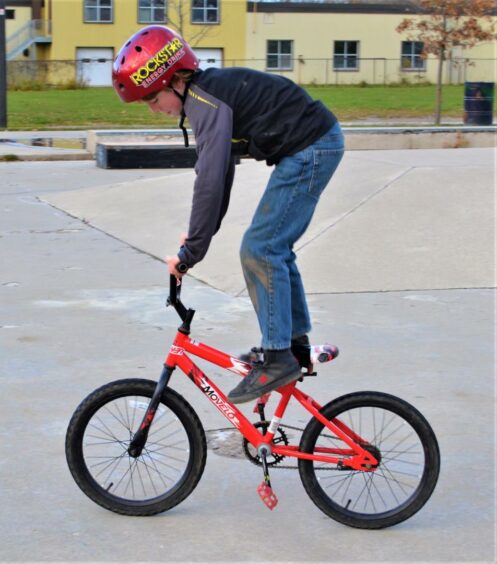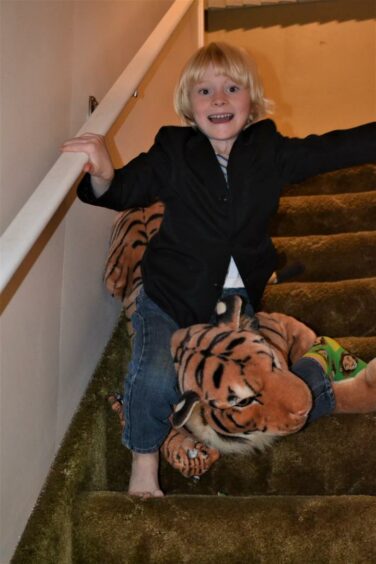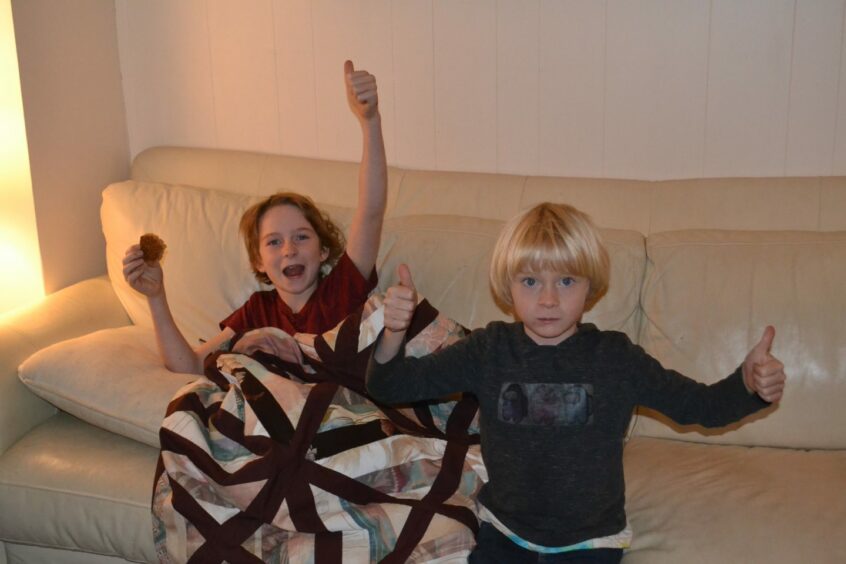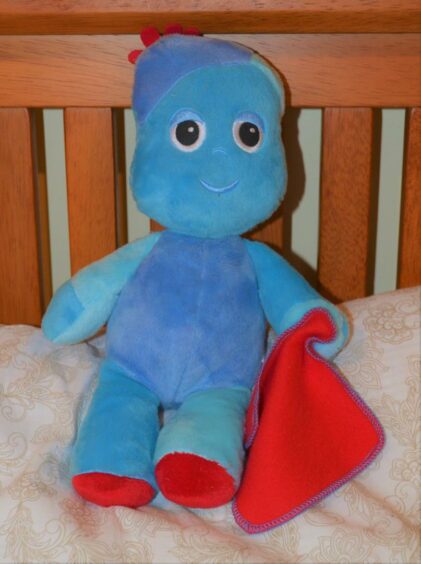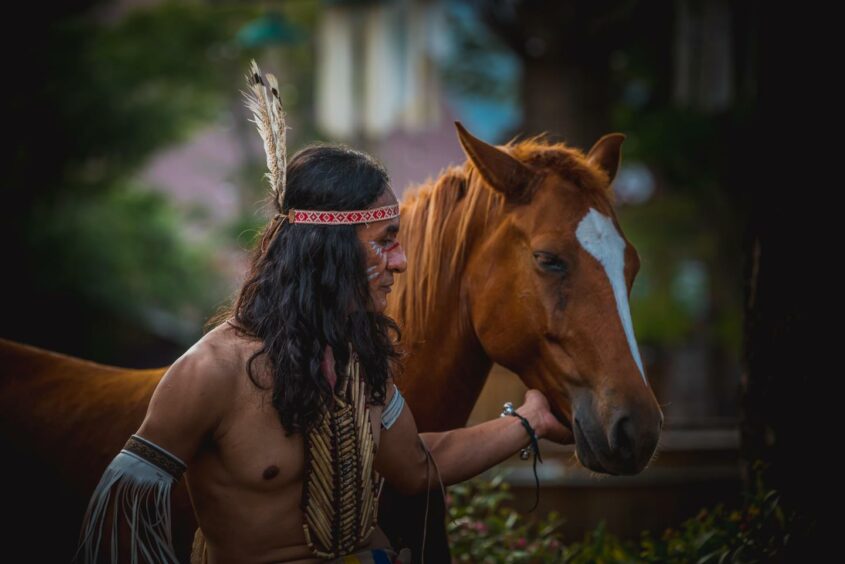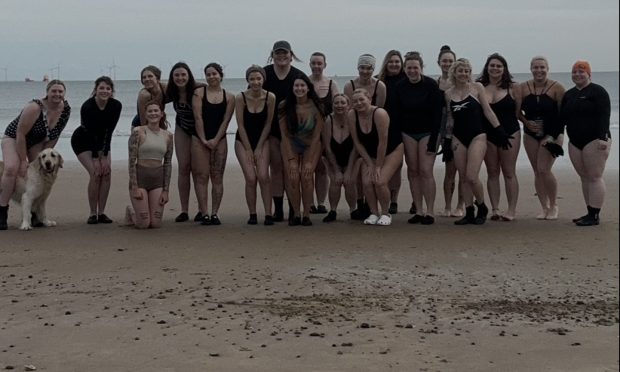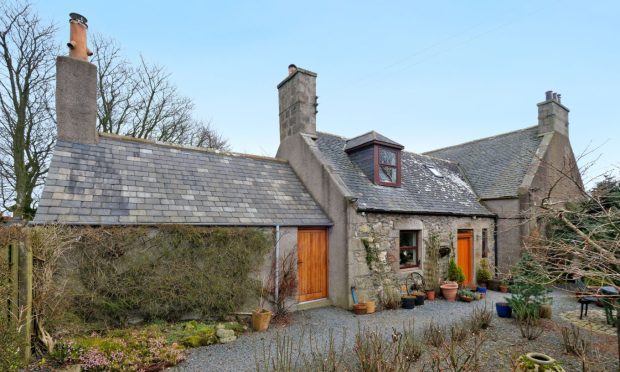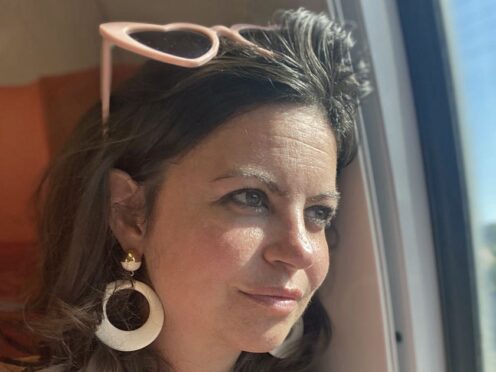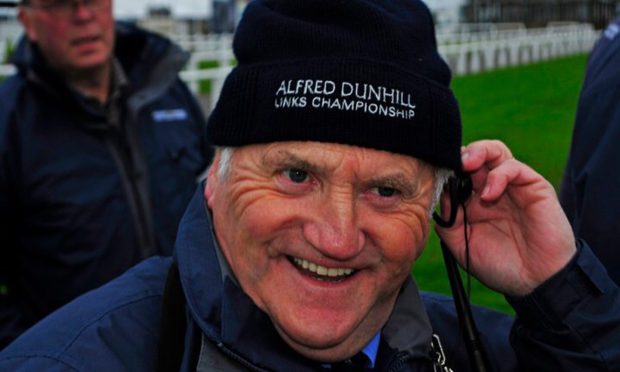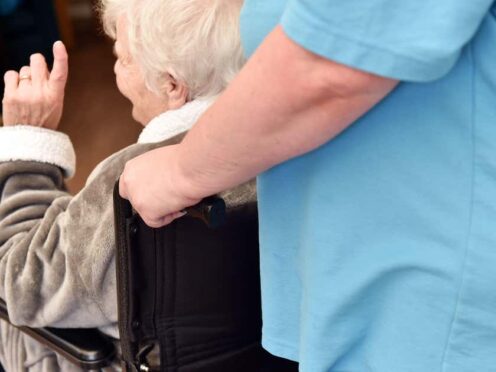Born in London 1914 and raised in Battersea, Charles Fisher fascinated me from the very first time I met him, five years ago.
Aged only 16, Charlie applied at Canada House in Trafalgar Square, and once the paperwork was in order, and with only 10 dollars on him, left on a ship from Liverpool.
He spent nine days on that ship. He left England a boy and stepped into Canada a man.
Very exciting, yet times were hard indeed. It was the 1930s and the time of the great depression, but Charlie ended up on a farm, milking cows at 5am and labouring, doing whatever was asked of him. His working day often didn’t finish until 10pm. Hard work, but it was a good farm Charlie told me, at least he had a job and he earned the princely sum of 10 Canadian dollars per month.
As was his patriotic duty to Canada and Britain, Charlie enlisted and spent six months training with the Canadian army. With the outbreak of war, it was inevitable what would happen, so in 1941 Charlie was “called up” and shipped back to England.
He first spent a couple of years back in the old country where he further trained and was involved in the defence of Britain. Then as part of the 5th Armoured Division, he joined a convoy. As they passed Gibraltar, and while Charlie was standing on the deck, they were heavily bombed by the Luftwaffe. They lost four ships, but thankfully Charlie was unhurt.
He ended up in Naples, Italy, in 1943, Mussolini was still alive, and Brits and Canadians were fighting Italians and Germans. Charlie’s job was to supply frontline troops with ammo and food – an absolutely vital job.
On a motorbike near Rome, as part of another convoy, he was shelled but again survived.
Charlie told me a remarkable story about a German dog he’d rescued. The sentry dog came over and Charlie gave it food and water from his mess tin. Not wanting to leave it walking around a battle zone, Charlie picked it up and put in the back on one of their trucks. They bonded and spent a month together. “I loved that dog,” he told me, and I could see in his eyes that he meant it.
Charlie’s division was under constant attack from the air, shelling and bombings. He did end up in hospital once with a leg wound, after shelling led to him ending up in a ditch on his motorbike, but that aside, he survived the war with little injury.
He was lucky, and he knows it and appreciates it to this very day.
By 1944, Charlie was in France, then moved on to Belgium and finally Groningen in Holland, where he learned of the ceasefire in 1945.
After the war, Charlie was sent back to England and was finally discharged in 1947. He returned “home” to Canada in February and married his girlfriend in June of that year, set up his own garage business, had a family and lived a full life.
Charlie retired an astonishing 37 years ago, yet he still keeps his brain and body as active as he can. And he’s pretty damn good on his iPad.
He may well have been a Canadian citizen for decades, but from my chats with Charlie, I can confirm…. you can take the man out of Britain, but you can’t take the Britishness out of the man.
Charlie has recently celebrated his 107th birthday. Unfortunately, he also got hit by another very bad chest infection, and has been on strong antibiotics. His daughter Faye came round to Andy’s the other night, and told us that he’s recovering and on the mend.
As much as I want to see him, I’ve decided to stay away for a week, let him recover fully. I don’t want to pass on any germs to him when he’s vulnerable. But hopefully I will be able to visit him soon.
I’ve been in Canada over a week now and my body clock is slowly getting into the time zone. The first few days I was waking up at 4.30am. Oh, that makes for a very long day.
Desperate to get into the local time zone, yet also struggling to not fall asleep standing up at times during the day, strong coffee kept me going, as well as lots of brisk long walks all over the town of Owen Sound.
Quirky name I think, it has a population of 22,000. We’re around two hours-plus drive from Toronto, three hours from Niagara Falls, and only another 30 mins after that to Buffalo New York, just across the border in the US.
It’s cold here. Winter has not yet arrived but the temperature is between plus 3 and minus 3. It’s wet, sleety snow, you know the kind that really seems to soak right through not just your clothes, but your body and into your bones.
Andy put me to work to get a sweat going, raking leaves in the garden. Hard work actually, but good for the soul.
Why is it though that you’ve been looking out the window and contemplating doing the leaves for half the morning; it’s cold, sure, but dry and no wind. You get layered up, boots and gloves on, grab the rake from the garden shed and get stuck in. Of course, that’s when the wind picks up and blows the damn leaves all over the garden again.
Surely, I can’t be the only one? Life. eh.
This is a busy house. Finn, now aged nine, and Rilke six, are a joy to see again. So much energy. For example, they terrified me by using a mattress to sit on and slide down the stairs, toboggan style.
I’ve been reading stories with Rilke and playing darts with Finn – who won by checking out on a double six. I even tried to help him with his French homework. He’s probably better off without my help there to be honest.
Lots of cooking, hearty meals, soups and stews to keep us all going. We’ve even had a British fish and chip night, homemade by Andy.
The other day, I made flapjacks. Easiest thing in the world, even I can do it. Three ingredients: oats, butter and syrup. But of course, here, I can use Canadian Marple syrup. Oh wow, seriously moreish indeed. The boys loved them and Andy stuffed a few in their school lunch boxes the following morning.
Rilke also took great delight in scaring me by hiding a talking kids toy character, Iggle Piggle, inside my pillow case. When I lay down at night, the flipping thing started speaking to me. I just about passed out.
But of course, it’s not all fun. I’m here for work after all. Honestly, I am! I’ve been doing my homework, researching and making contacts.
Remember the old western movies that we all grew up with? Of course, you do. The cowboys were the good guys, Indians the bad guys. That, of course, is totally wrong. The so called “Indians” were not the bad guys.
In fact, we used to call them “redskins”. How wrong, how utterly patronising. They were not red, nor were they Indian. They were here first. Long before we the white man arrived and wrecked their way of life. They are now referred to as the First Nations Peoples.
Before the Europeans arrived, in fact before Canada was Canada, the First Nations People had lived in their native land for thousands of years. When it comes to studying their culture, many historians now tend to group the FN Peoples into six geographical areas of Canada as it exists today.
The Woodland First Nations, Iroquoian, Plains, Plateau, Pacific Coast, and the First Nations of the Mackenzie and Yukon River Basins.
They had heir own cultures, spiritual beliefs and deep family connections. They were hunters/gatherers and lived off the land. A land that they loved and which meant so much to them spiritually. Some groups were nomadic, some not. They all, though, were self-sufficient when it came to shelter, food and clothing.
They all believed that their values and traditions were gifts from the “creator”, ie God. One of their most important beliefs was that all should live in harmony with the natural world.
How ironic then that it was us, the white Europeans, who came to “civilise” these “savages”. Civilise? We ravaged them, and their environment.
They were slaughtered in the name of civilisation.
What we, the white man, the arriving Europeans, did to these people and their culture, is near unforgivable.
I am in no doubt that it was genocide.
